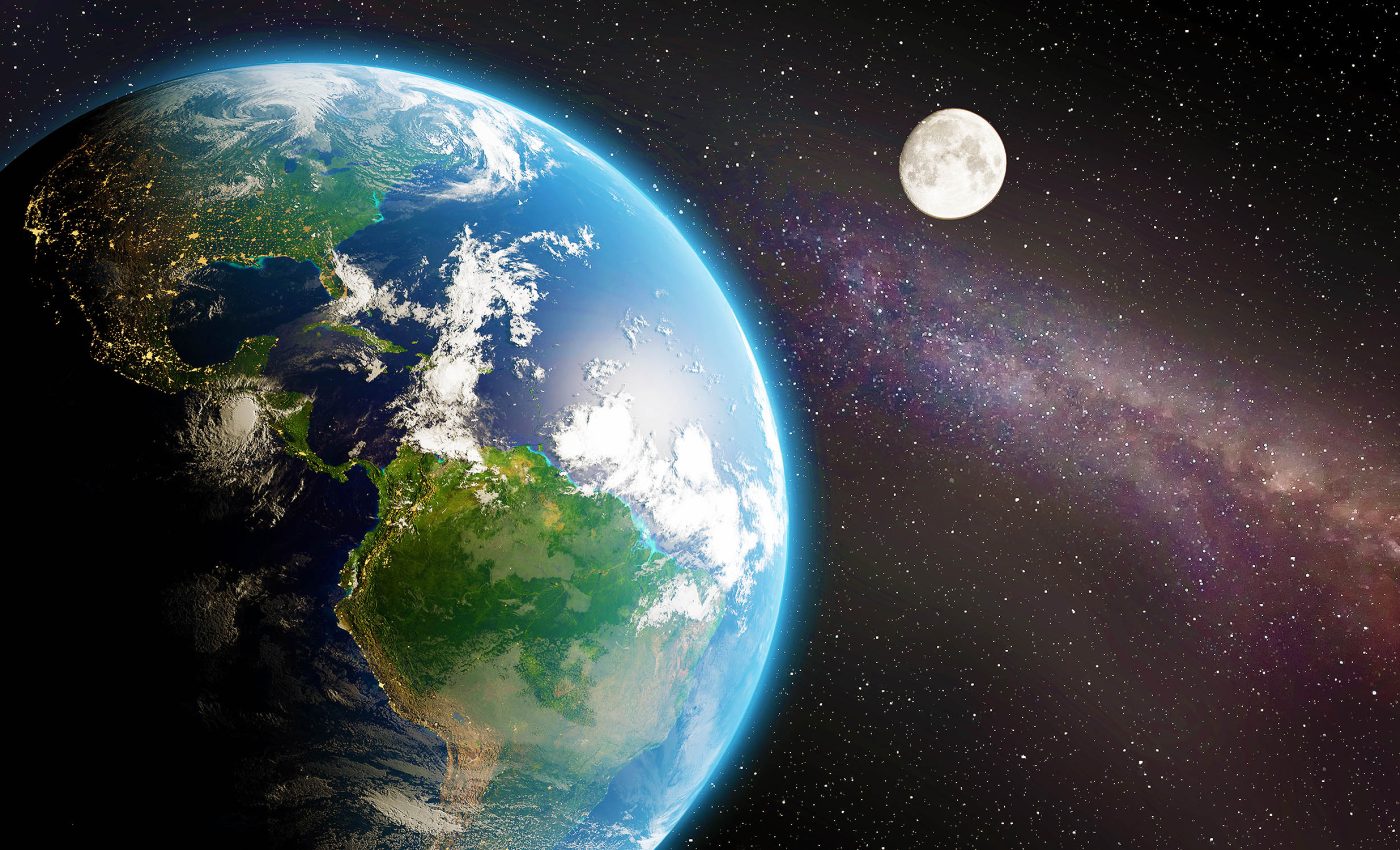
Our moon is drifting away, and Earth will never be the same without it
Has it ever crossed your mind that the moon you gaze at today is not in the same spot it was millions, thousands, or even hundreds of years ago? The idea might seem far-fetched, but science tells us that our moon is slowly, but surely, drifting away.
Billions of years of Moon drift
Ancient astronomical footsteps tell us that our moon has been slowly retreating from Earth’s orbit for a staggering 2.5 billion years.
It’s an imperceptibly slow journey, of course, with the moon creeping approximately 3.8 cm away from us each year.
If you roll back this snail-paced lunar retreat, you’d witness an unlikely event — the collision of Earth with its moon around 1.5 billion years ago.
However, the moon’s creation happened way earlier, around 4.5 billion years ago. Cracking this mismatch has led scientists on a thrilling chase, igniting sparks of insight into our solar system’s ancient secrets.
Milankovitch cycles and Moon drifting
Where do we commence this time-traveling story?
At the heart of it are the Milankovitch cycles, crucial to understanding the moon’s migration. These cycles sketch how trifling, periodic variations in the Earth’s orbit and its axis orientation affect the incoming sunlight.
Some of these are tweaked every 400,000 years, some every 100,000, others every 41,000, and 21,000 years. These tweaks, in turn, decisively mold our climate over considerable spans.
Australian evidence on Moon drifting
Cue in the Karijini National Park in western Australia. Its gorges guard 2.5 billion-year-old layered sediments.
These alternations of reddish-brown iron formations and darker, thinner horizons capture unique signatures of these Milankovitch cycles.
The distance between the Earth and the moon influences one particular Milankovitch cycle- the climatic precession cycle. This cycle springs from the periodic wobble or changing orientation of the Earth’s spin axis.
Currently pegged at ~21,000 years, this duration would have been a tad shorter when the moon was closer.
Therefore, identifying the precession cycle in fossil sediments could help estimate the Earth-moon distance when the pattern was formed.
Coefficients in stone
Joshua Davies and Margriet Lantink, renowned researchers from the Université du Québec à Montréal (UQAM) and the University of Wisconsin-Madison, respectively, are vehemently pursuing the phenomenon of moon drift.
In their most recent study, Davies and Lantink began analyzing rocks at Karijini National Park to uncover cyclical variations repeating at 4 and 33 inch (10 and 85 cm) intervals.
Projecting these variations onto the sediment deposition rate revealed these cycles’ span — approximately every 11,000 years and 100,000 years.
They interpreted the first cycle as the climatic precession cycle, significantly shorter than the current ~21,000 years.
This data gave them an estimate of the moon’s location 2.46 billion years ago — approximately 37,280 miles (60,000 kilometers) closer to Earth. If this held true, a day back then would last merely 17 hours!
Other interesting Moon facts
As discussed, the Moon plays a pivotal role in our planet’s environment.
It moderates Earth’s axial wobble, which contributes to a stable climate. It also influences ocean tides. These tides create rhythms that have guided human behavior for centuries.
The Moon is about 239,000 miles (385,000 kilometers) from Earth and is tidally locked, so we only see one side. Its surface has impact craters from asteroids and meteoroids, and it has a very thin atmosphere called an exosphere, which cannot support life.
Interestingly, water ice has been discovered at the lunar poles, hinting at potential resources for future human exploration and colonization.
The Moon’s formation is thought to have come from a massive impact. This collision occurred between Earth and a Mars-sized body. Over billions of years, this event shaped the Moon’s rocky landscape.
Despite its inhospitable conditions, the Moon remains a focal point for scientific inquiry, with more than 105 robotic missions sent to study its geology and history.
Moon drift is real, so enjoy it while you can
To sum it all up, the Moon’s gradual drift away from Earth is a fascinating result of the gravitational interplay between these two celestial bodies.
As the Moon orbits our planet, it creates the tides we observe through its gravitational influence. These tidal forces contribute to a slow down in Earth’s rotation. To maintain balance in the Earth-Moon system, the Moon drifts away from Earth at about 3.8 centimeters per year.
This subtle separation has significant implications for both bodies. Over time, the increasing distance alters Earth’s day length and the Moon’s orbit, leading to longer days and a larger orbit for the Moon as the effects of this gravitational relationship become evident.
While such insights are sincerely thrilling, they only represent a tiny piece of the colossal cosmic puzzle. To fully grasp our solar system’s evolution, we need to gather further reliable data and develop innovative modeling approaches.
These phenomena highlight the intricate dynamics of our planetary system. By exploring these processes, we gain a deeper appreciation for celestial mechanics and the interconnectedness of our universe.
How might these gradual changes continue to shape our world? The answers lie in our ongoing quest for knowledge.
So, next time when you find yourself under the serene lunar glow, remember that the moon you’re looking at is a tireless traveler, drifting away from us with each passing moment.
—–
Like what you read? Subscribe to our newsletter for engaging articles, exclusive content, and the latest updates.
Check us out on EarthSnap, a free app brought to you by Eric Ralls and Earth.com.
—–













